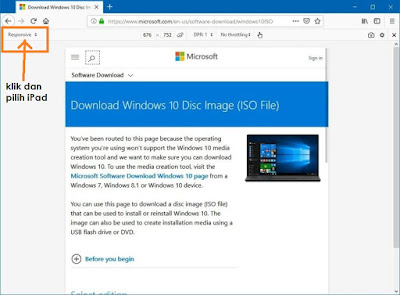| a. | O-O | c. | MSF |
| b. | SDLC | d. | RUP |
ANS B REF 19
2. Traditionally, the SDLC is pictured as a(n) ____, like that shown in the accompanying figure, where the result of each phase, which is called a deliverable or end product, flows sequentially into the next phase.
| a. | interactive model | c. | waterfall model |
| b. | requirements model | d. | object model |
ANS C REF 19
3. In the model of the SDLC shown in the accompanying figure, the purpose of the ____ is to build a logical model of the new system.
| a. | systems analysis phase | c. | systems design phase |
| b. | systems implementation phase | d. | systems support and security phase |
ANS A REF 20
4. In the model of the SDLC (please refer your note), during ____, the new system is constructed.
| a. | systems planning | c. | systems design |
| b. | systems support and security | d. | systems implementation |
ANS D REF 21
5. A systems analyst needs ____.
| a. | solid technical knowledge and good analytical ability |
| b. | strong oral and written communication skills |
| c. | an understanding of business operations and processes |
| d. | all of the above |
ANS D REF 29
Ch
MULTIPLE CHOICE
1. Of the measures of feasibility in the accompanying figure, ____ considers points such as “Does the proposed platform have sufficient capacity for future needs?” and “Will the hardware and software environment be reliable?”
| a. | schedule feasibility | c. | economic feasibility |
| b. | technical feasibility | d. | operational feasibility |
ANS B REF 64-65
2. Of the measures of feasibility in the accompanying figure, ____ assesses tangible and intangible benefits to the company in addition to costs.
| a. | schedule feasibility | c. | economic feasibility |
| b. | technical feasibility | d. | operational feasibility |
ANS C REF 65
3. Of the measures of feasibility in the accompanying figure, issues that relate to ____ include “Has management established a firm timetable for the project?” and “Will a project manager be appointed?”
| a. | schedule feasibility | c. | economic feasibility |
| b. | technical feasibility | d. | operational feasibility |
ANS A REF 66
4. When setting priorities for systems requests, the highest priority goes to projects that provide the ____.
| a. | least benefit, at the highest cost, in the longest period of time |
| b. | least benefit, at the lowest cost, in the longest period of time |
| c. | greatest benefit, at the highest cost, in the shortest period of time |
| d. | greatest benefit, at the lowest cost, in the shortest period of time |
ANS D REF 66
5. A systems analyst conducts a(n) ____ investigation to study the systems request and recommend specific action.
| a. | Preliminary | c. | systems |
| b. | Appendix | d. | transitional |
ANS A REF 68
6. A popular technique for investigating causes and effects is called a(n) ____ diagram, which is an analysis tool that represents the possible causes of a problem as a graphical outline.
| a. | Wishbone | c. | jawbone |
| b. | Fishbone | d. | crossbones |
ANS B




No comments:
Post a Comment